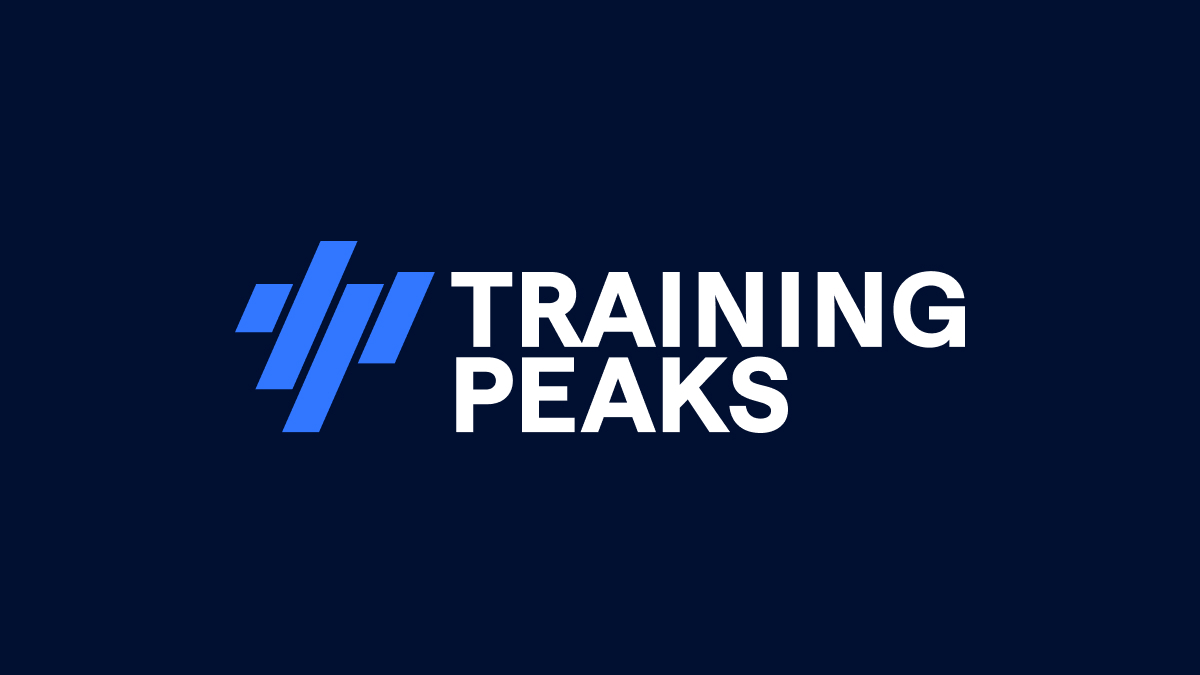For many years, endurance athletes stayed away from lifting weights, thinking that time in the gym was going to add bulk to their frame, slowing them down. But as we learn more about strength training, athletes and coaches have found that strength training is not only beneficial; it’s necessary.
Being strong is one thing, but staying injury free is another. The ancillary effects of weight lifting include stronger ligaments and tendons, as well as the creation of new neural pathways, which can help you stay healthy. Building up a bulletproof body will also allow you to withstand more training stress. The culmination of these two things is consistency in training, and that leads to faster race times.
What: Heavy Lifting
We can agree that strength and endurance are on the opposite ends of the spectrum when it comes to exercise duration and energy metabolism. Maximal strength and power training make the gap even bigger. So it may seem counterintuitive that developing maximal force, which is the combination of strength and power, can provide benefits for endurance athletes. However, lifting heavy weights, sometimes explosively, could be the key to unlocking your endurance potential.
Why: Efficiency, Strength, and Resilience
In the results from a meta-analysis from the International Journal of Sports Physiology and Performance, endurance athletes (including runners, cyclists, cross-country skiers, and swimmers) were shown to benefit from adding a strength training component to their training. These athletes saw improvements in energy cost of locomotion, maximal power, and maximal strength. Specifically, high weight, low repetition sets were found to provide endurance athletes the best bang for their buck.
Heavy lifting directly correlates to endurance performance markers such as time-to-exhaustion, and time trial times, by means of increasing muscle economy and threshold. It also gives athletes more longevity in their respective sports.
In order to see performance results over time, athletes need their bodies to be resilient. In order to continue to go faster and longer season after season, your body needs to be able to handle increased loads without breaking down. Lifting heavy weights acts as an insurance policy for your body by strengthening tendons, ligaments, collagen, and bone density.
How: Low Reps, and Adequate Rest Between Sets
The protocol for building strength is 3-6 sets, of 4-8 reps per set, with 2-5 minutes of rest between sets. Advanced lifters should be able to lift 85% or higher of their 1 rep max, but as a general guideline, you should aim to lift the heaviest weight that you can maintain throughout the sets, without compromising form.
If your technique and/or range of motion becomes compromised, drop to a lighter weight in order to get the most benefit out of the exercise, and prevent injuries. The two strength training mistakes that I see most often are compromising form in order to lift heavier weight, and not resting enough between sets.
Simply put, you need adequate rest between sets in order for your muscles to recover enough to be able to continue to lift at maximal strength. When you are lifting heavy weights, your body relies on the ATP-CP (Adenosine Triphosphate- Phosphocreatine) system for the highest intensity muscle contractions, and once you have done a set at max effort, this system does not regenerate for 2-5 minutes. Not only does your strength diminish if you shorten your rest interval, but your body begins to rely on a different energy system to produce force, which has the side effect of increasing muscle size, rather than strength.
When: Off-Season through Pre-Season
In the same way that sport-specific training sessions should be periodized throughout the year, there is an optimal time and place for lifting heavy. It’s important to begin with an adaptation cycle, focusing on mobility and stability, which prepare your body for increased loads. During the “base” phase of your season, your overall training volume should be lower, so this is an ideal time to begin your lifting program.
As you transition to your season, sport-specific training takes precedence, and strength should be used as maintenance to support your swim, bike, and run sessions. The research shows that for endurance athletes, a significant improvement in strength and associated benefits comes from strength programs that last a minimum of 24 sessions. Much like the other sessions in your training plan, consistency is key.
After the adaptation cycle, this chart outlines some general guidelines for the first phase of building maximal strength and power. As additional phases are added, the focus should be on heavier weight, with additional sets, and fewer reps per set. The exercise listed should be the primary focus for adding weight, but strength sessions should also include additional exercises to ensure balance, alignment, and well-rounded athleticism.
| Week Number | Exercise | Sets | Reps |
|---|---|---|---|
| 1-3 | Back Squat | 3-4 | 8-10 |
| 4-6 | Trap Bar Dead Lift | 4-6 | 4-6 |
| 7-9 | Front Squat | 4-6 | 4-6 |
| 10-12 | Hang Clean | 3-4 | 6-8 |
References
Berryman, N. et al. (2018, February 19). Strength Training for Middle- and Long-Distance Performance: A Meta-Analysis. Retrieved from https://journals.humankinetics.com/view/journals/ijspp/13/1/article-p57.xml
Laura Marcoux contributed to this article. She is a USA Triathlon Level II Coach and NSCA Strength Coach with D3 Multisport. Laura is a Kona qualifier and former Division 1 athlete at the University of Connecticut. Laura believes in developing well-rounded triathletes by incorporating functional strength into their training routines and empowering her athletes to set and reach goals that require the 3 D’s, which are the cornerstone of D3 Multisport: Desire, Determination, and Discipline.










